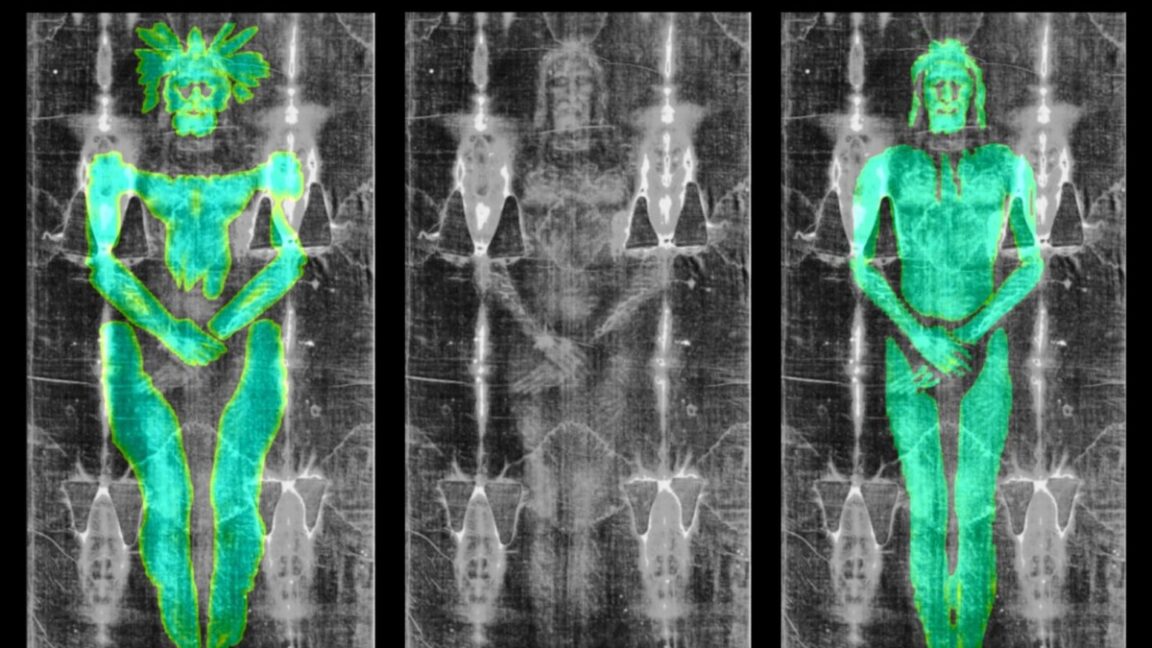August’s Top 4 Unmissable Science Discoveries Including a 3D Shroud Reconstruction and Bioluminescent Plants

Each month, the scientific community unveils fascinating discoveries that often go unnoticed amidst the vast flow of research. This August, several groundbreaking stories have emerged—from digital reconstructions of historical relics to innovative bioengineering projects. Here’s a curated look at some of the most intriguing science stories you might have missed.
Reimagining the Shroud of Turin with 3D Digital Modeling
The Shroud of Turin, a linen cloth believed by some to bear the image of Jesus Christ, has long been a subject of debate. Scientific dating has shown it to be a medieval creation, dating back to between 1260 and 1390 CE. To deepen understanding, digital artist Cícero Moraes crafted a sophisticated 3D reconstruction of the shroud. Using computer models, Moraes simulated how the cloth would drape over both a human form and a bas-relief carving. His findings suggest that the shroud more closely aligns with artistic depictions rather than an actual body, supporting the theory that it is a medieval forgery. Notably, the model lacked the “Agamemnon mask effect,” a common distortion seen in flattened images of faces wrapped in fabric, indicating its artistic rather than forensic origin.
Innovative Bioluminescent Plants Created by Phosphor Injection
Scientists have developed a novel method to make plants glow by injecting succulent leaves with phosphorescent compounds. These bioengineered plants emit different colors of light, opening exciting possibilities for sustainable lighting solutions and decorative purposes. This technique involves infusing the plant tissues with phosphors, which absorb light during the day and re-emit it in various hues at night. Such innovations could revolutionize urban lighting and contribute to eco-friendly design, reducing reliance on electrical illumination. Researchers continue to explore the stability and safety of these glowing plants for potential commercial applications.
Shape-Shifting Antennas: A Leap in Adaptive Technology
In the realm of telecommunications, engineers have designed a shape-changing antenna capable of adjusting its form to optimize signal reception. This adaptive antenna can morph its shape to respond to environmental conditions, frequency requirements, or specific applications, significantly enhancing wireless communication efficiency. The technology promises to improve connectivity in challenging environments and facilitate the development of more versatile devices. Ongoing research aims to refine these antennas for integration into future 5G networks and beyond, providing a flexible solution for the ever-growing demand for data transmission.
Snails with the Power to Regrow Their Eyes
Biologists have discovered a remarkable regenerative ability in a particular snail species: the capacity to grow back their eyes after injury. This discovery sheds light on the cellular mechanisms behind tissue regeneration and could inspire advancements in regenerative medicine. The snails utilize specialized stem cells to rebuild their eye tissues, offering a natural model for studying eye regeneration. Researchers hope that understanding this process may eventually lead to new treatments for eye injuries and degenerative diseases in humans.



